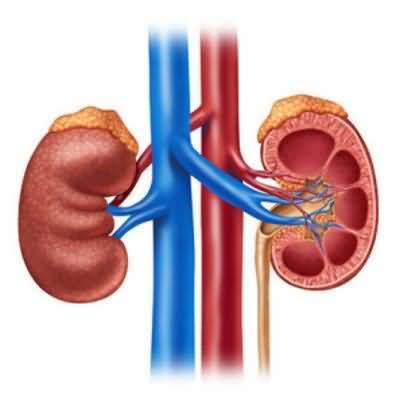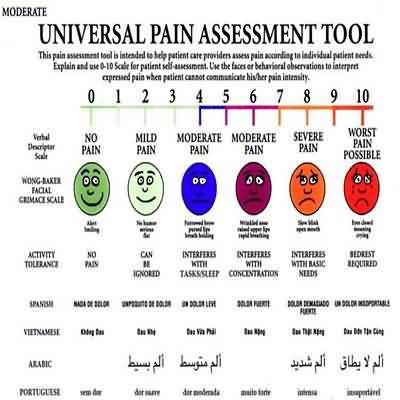Iron deficiency anemia
Iron deficiency anemia
Iron studies diagnostic for iron deficiency anemia consist of a low hemoglobin (<7.7 mmol/l in men and 7.4 mmol/l in women), a low serum iron (<7.1 µg/l), a low serum ferritin (storage form of iron) (<30 ng/l), a low transferrin saturation (<15%), and a high total iron-binding capacity (>13.1 µmol/l) .
The ferritin level may be misleading in the presence of acute or chronic inflammation as ferritin is also an acute phase reactant and thus one cannot exclude iron deficiency as the cause of anemia when the serum ferritin is normal or even elevated in the presence of an inflammatory process .
In the presence of an underlying infection or inflammation other iron markers may be useful including the reticulocyte hemoglobin content which, because reticulocytes are only 1–2 days old, is reflective of the iron available in the bone marrow for erythropoiesis.
The alternative, which is likely to be more readily available, is the measurement of soluble transferrin receptor. In the setting of iron deficiency with increased erythroid activity (e.g. following administration of exogenous erythropoiesis stimulating agents), there is increased expression of membrane transferrin receptors in the bone marrow and some of these receptors are detectable in the serum.
The limitations are that it is not as reliable as ferritin, it is not yet widely available, and the clinician must exclude other causes of elevated erythroid activity . When all else fails and it is important to establish whether iron deficiency is present, demonstration of the absence of stainable iron via a bone marrow biopsy remains the gold standard for diagnoses

















